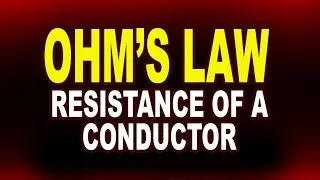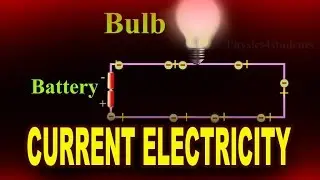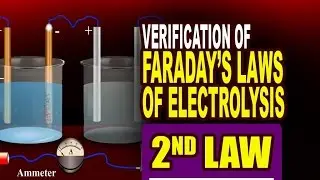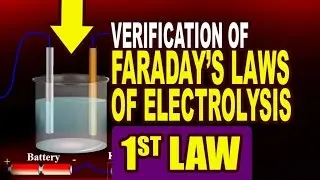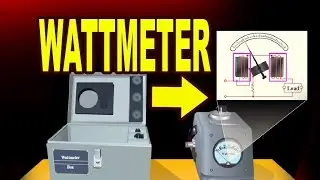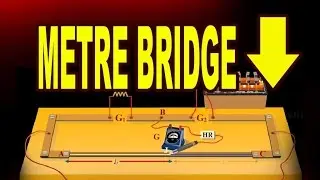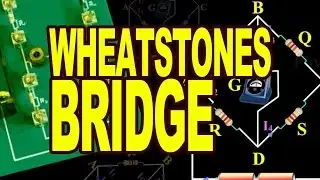Positive Rays or Canal Rays | Physics Video Tutorials
Canal rays are most commonly known as positive rays. While conducting experiments on the gas discharge, in 1886, German Physicist, E.Goldstein, discovered that if the cathode used is perforated, luminous streams appeared in the tube behind the cathode. These streams were called as canal rays. The discharge tube designed by Goldstein is shown in animation. The tube contains an anode (A), a perforated cathode (K) and a fluorescent screen (S). At a pressure of about 1mm of mercury, a luminous stream of particles were observed behind the cathode proceeding in a direction opposite to that of the cathode rays. Goldstein, called them as canal rays, since they pass through and emerge from the holes, in the cathode in straight lines, opposite to the direction of the cathode rays. From the nature of the deflection produced, by a magnetic field or electric field, these rays were found to be positively charged particles.
![[FREE] Drake Type Beat -](https://images.videosashka.com/watch/8uxSc9htpIc)
![😍 [v5.5.0] 'New Season, New Dreams' Platinum OBB Patch 🎇 PES 2021 Mobile ✨ Exclusive Legendary Teams](https://images.videosashka.com/watch/c3D434ONCoU)








